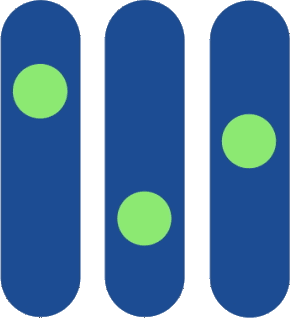Anyone in a senior leadership role in higher education will know that there are three little letters that are incredibly important when it comes to any conversations about a new technology solution. R-O-I.
So, how do you measure your return on investment? What does that look like? Well, we’re glad you asked. Of course, it’s not enough to simply introduce a fancy new technology solution. You need to prove the value of that technology solution, at regular intervals. If not, you run the risk of your product moving into the ‘at risk’ pile when budget conversations come into play.
In this blog, we outline some of the ways that a smart technology solution, like Gecko, can make your team of two feel like a team of 20.




